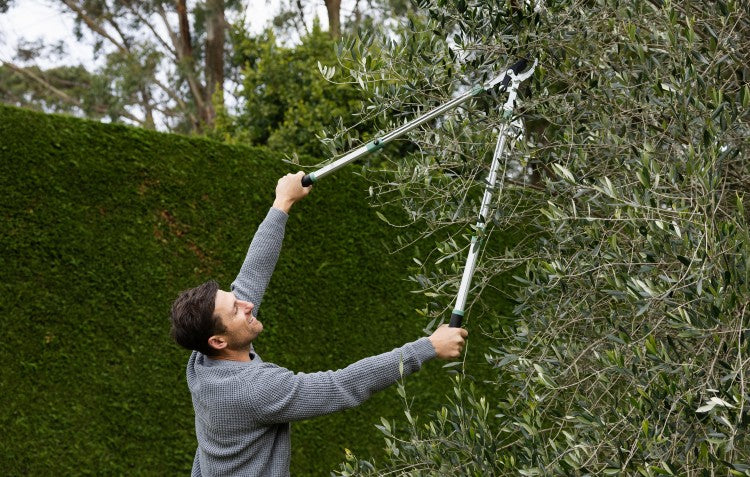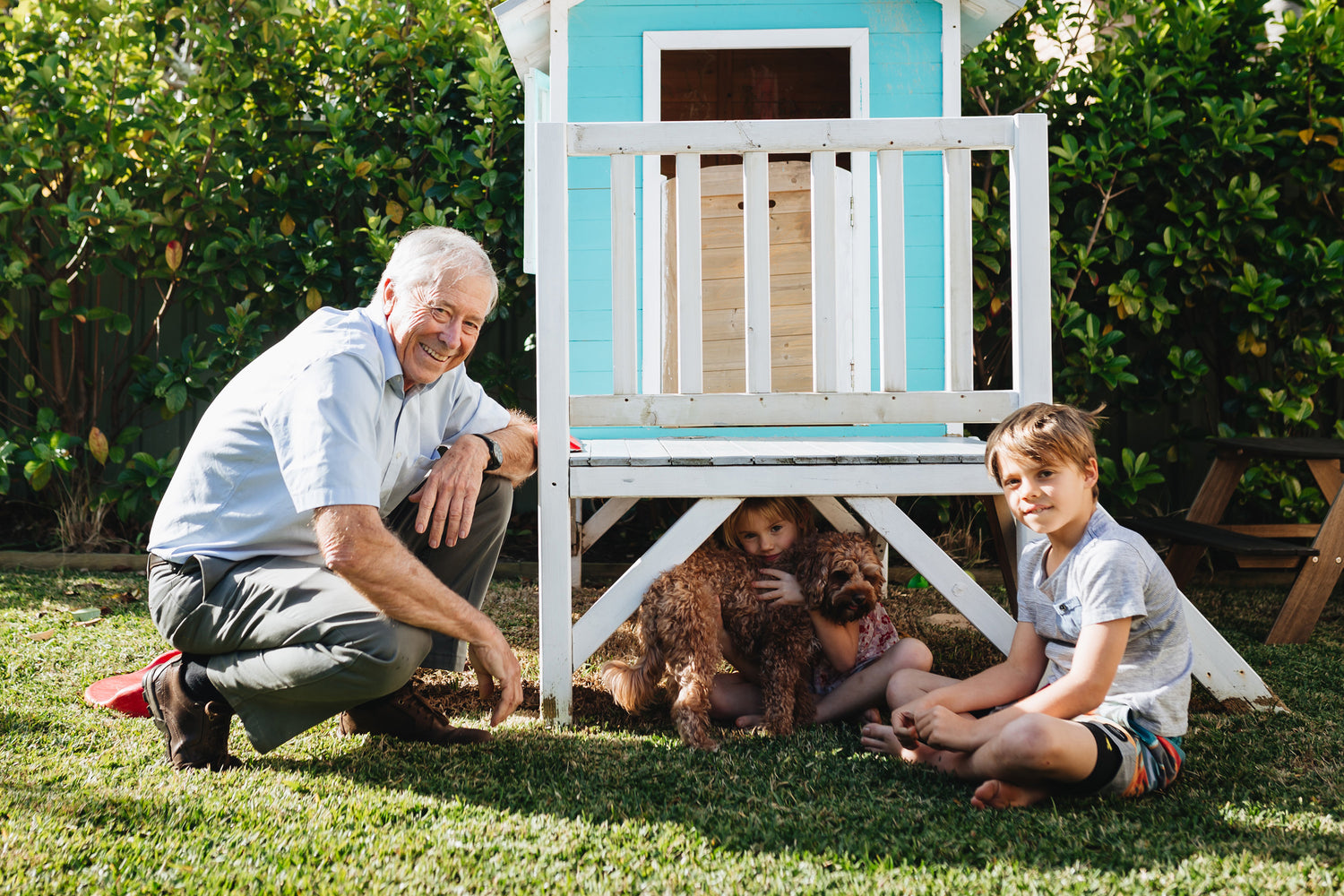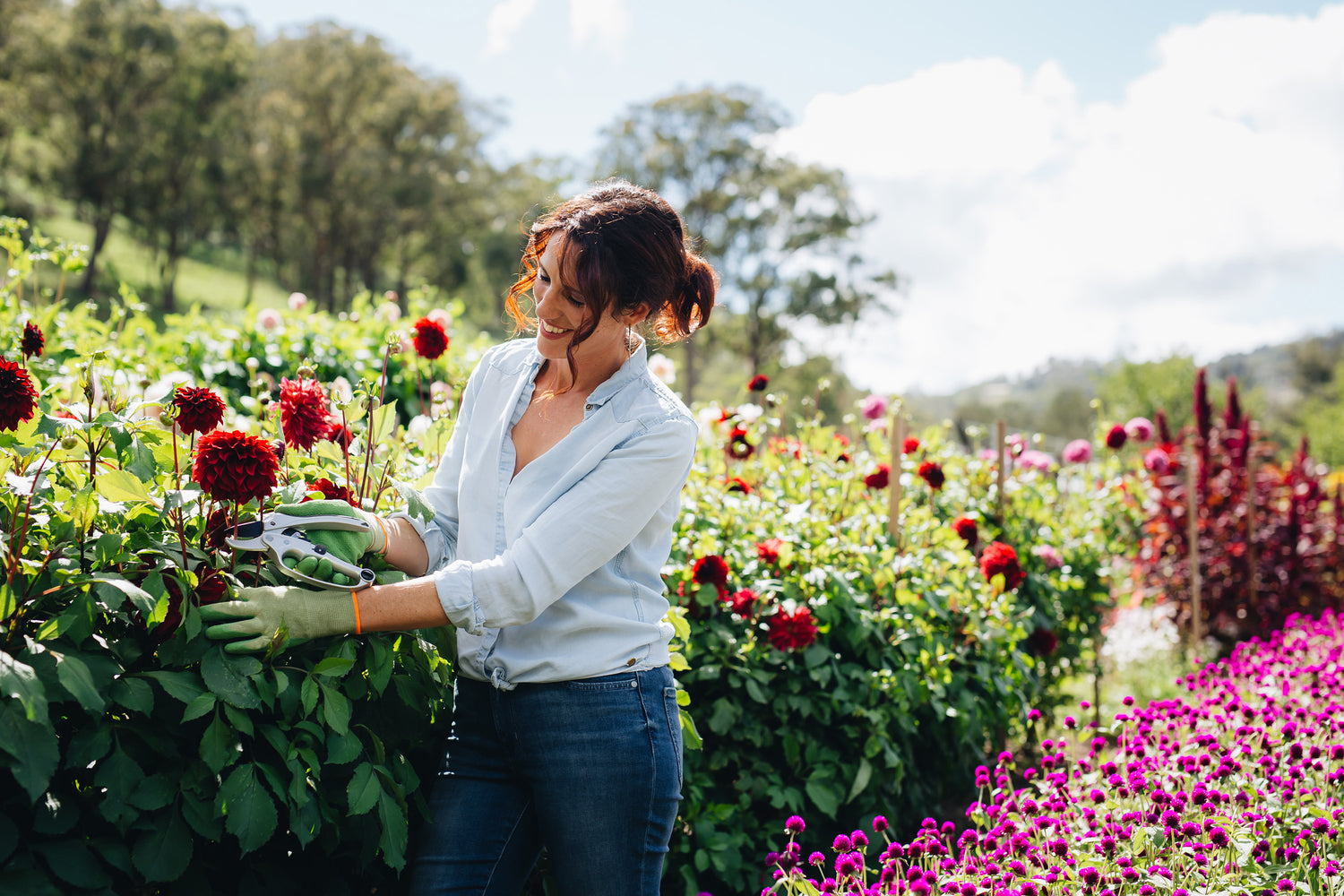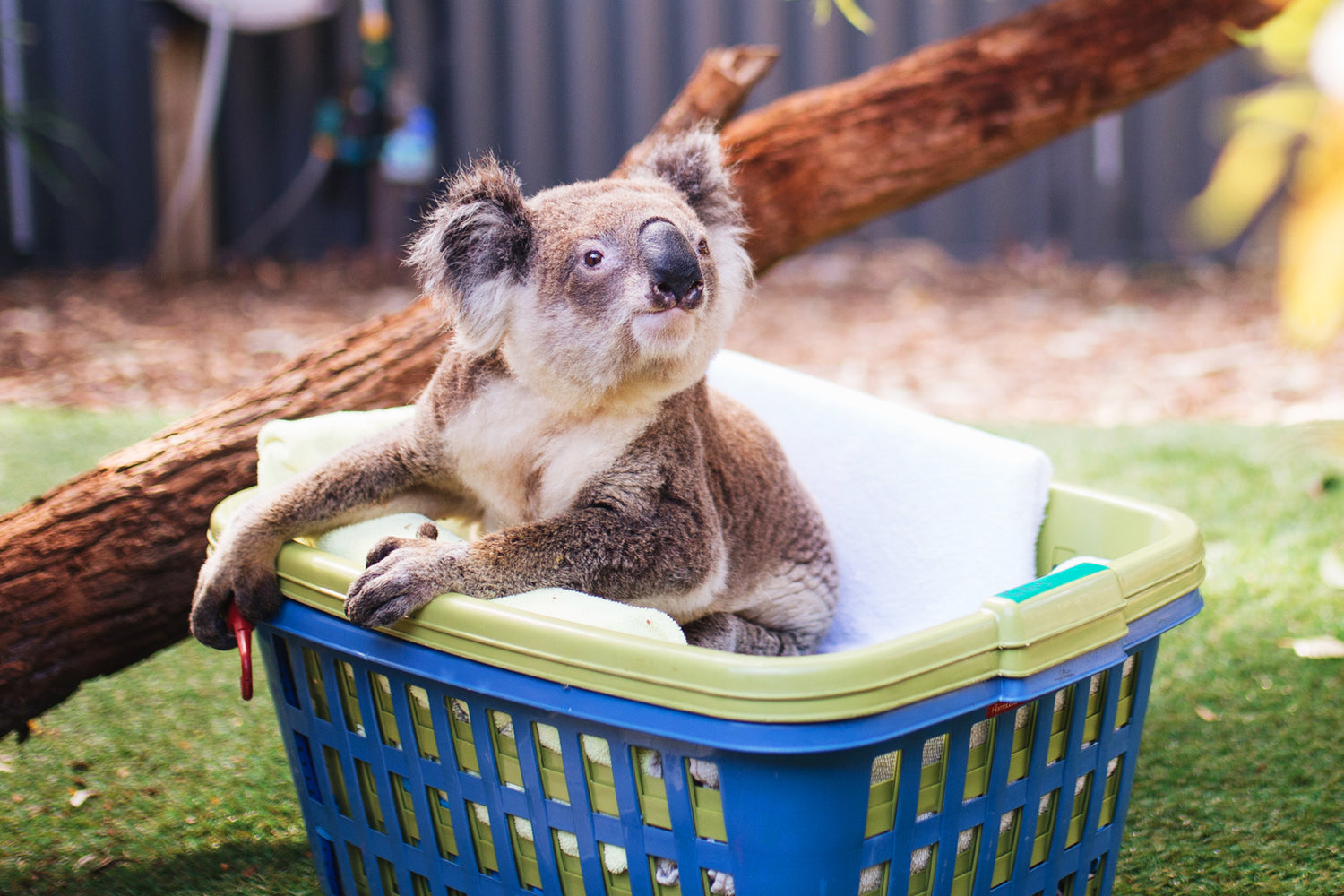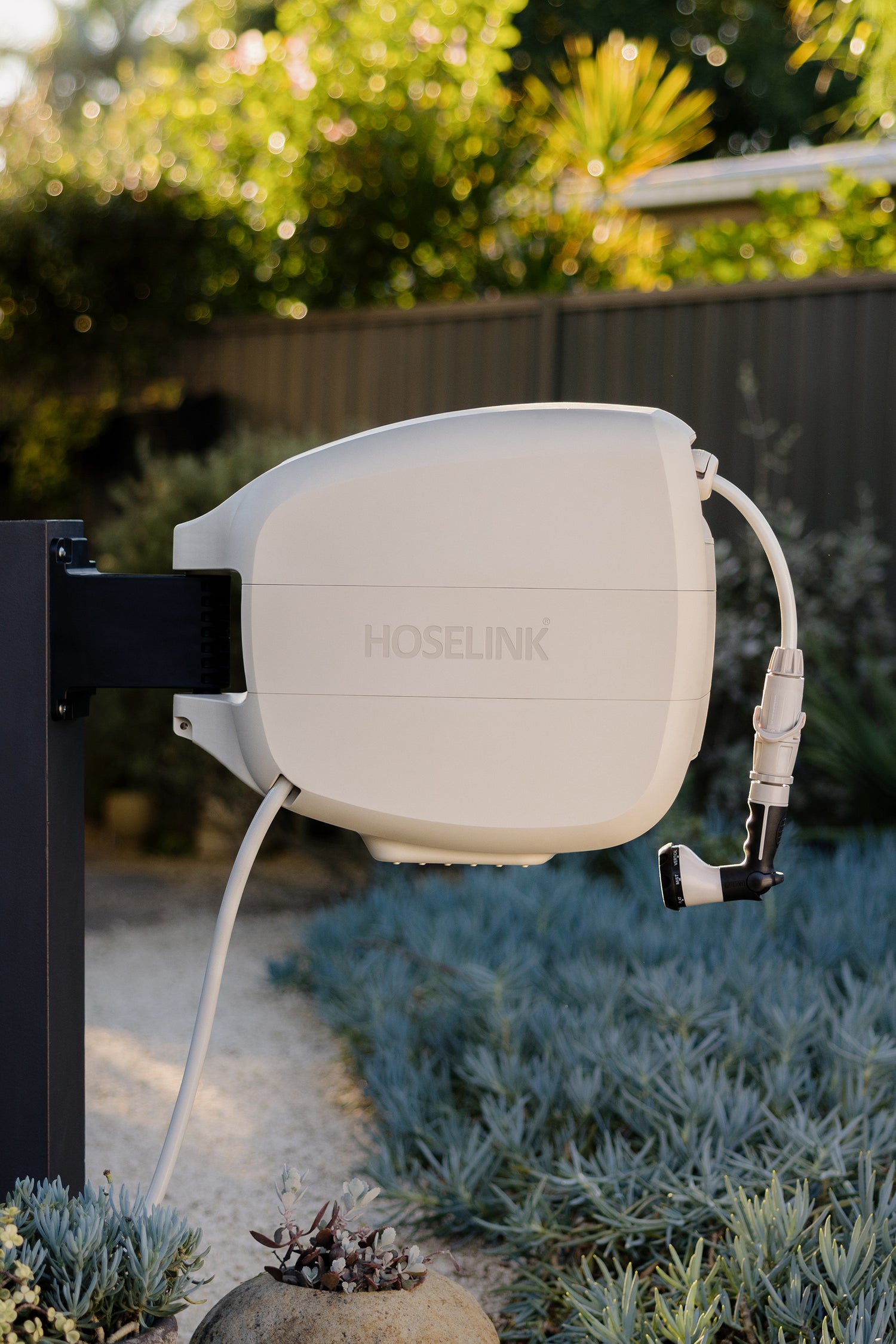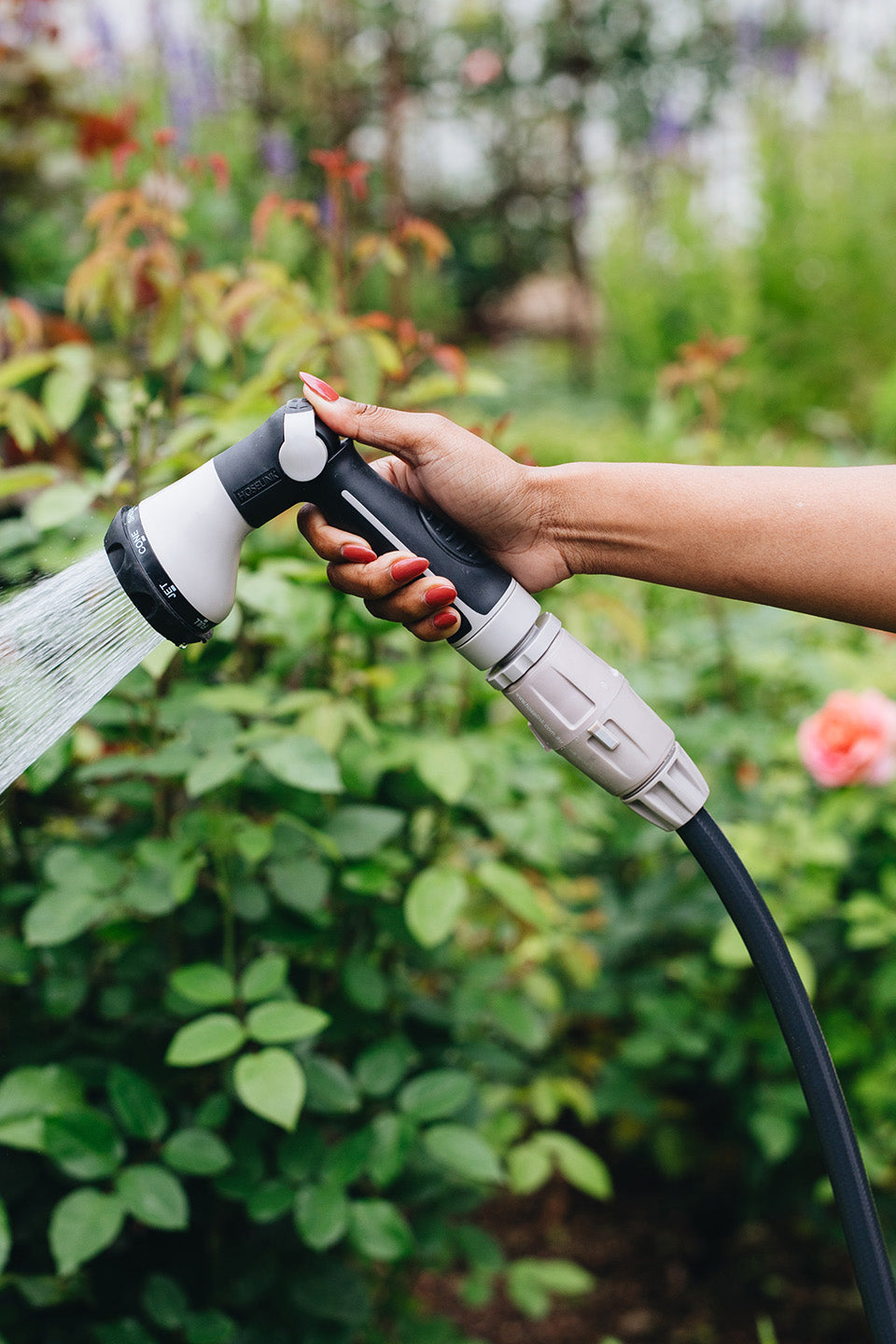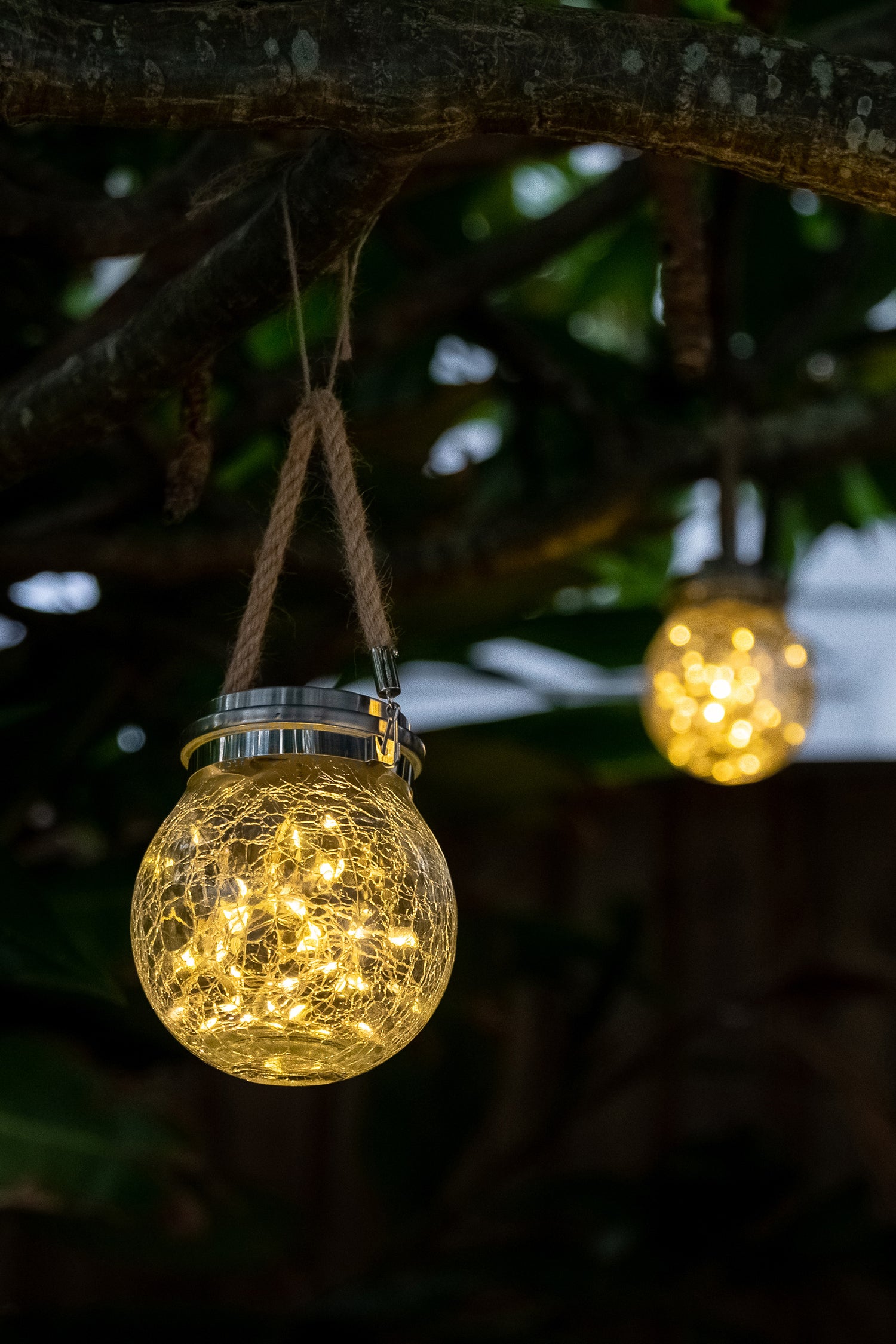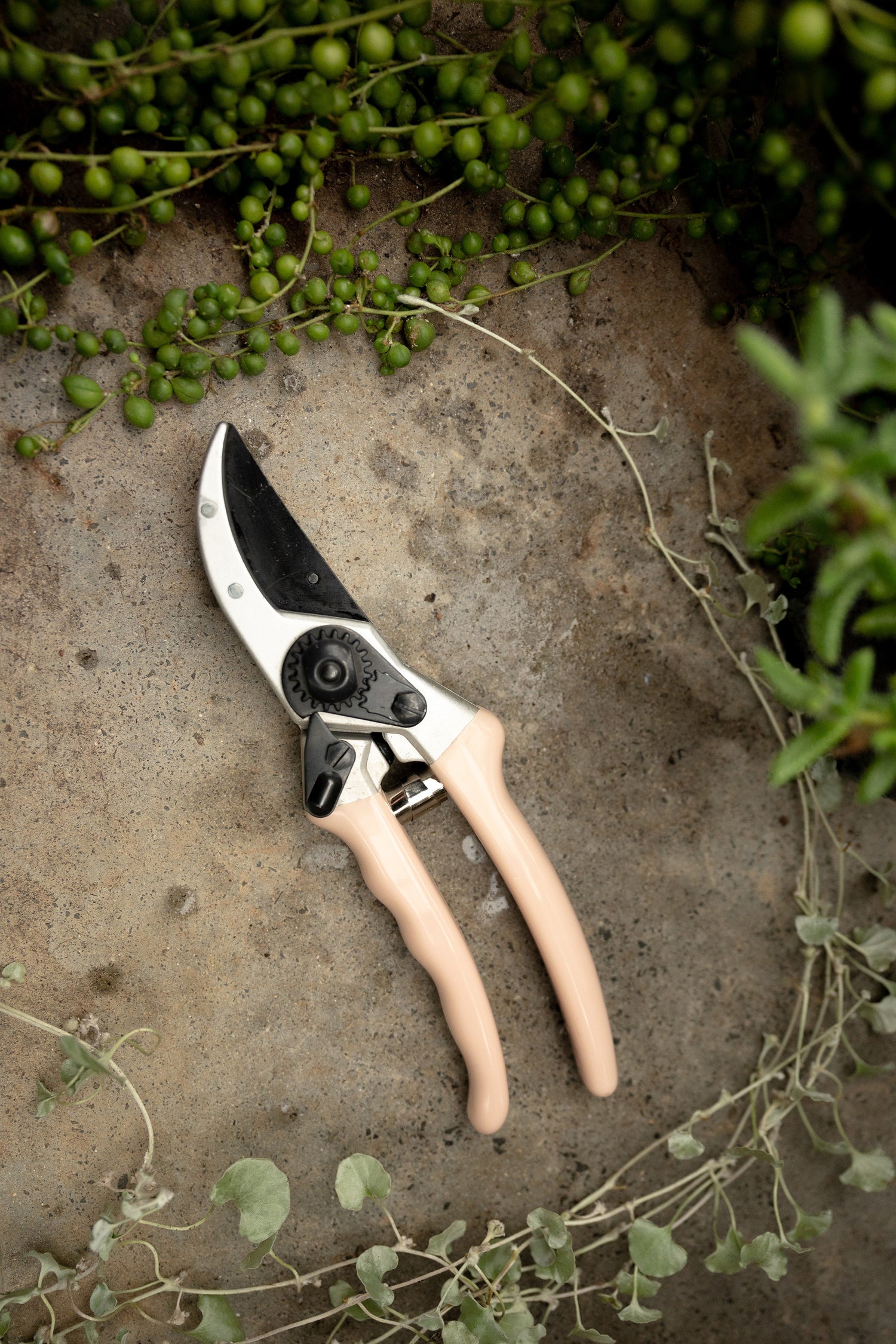With Australia's scorching summers and increasing wildfire risks, preparing your garden to withstand fire isn't just smart—it's essential. Fire-resistant gardening is about designing your outdoor space to reduce fire hazards, creating a buffer that can help protect your home. Plus, it's a great way to build a beautiful, low-maintenance garden that thrives in our unique climate.
What is Fire-Resistant Gardening?
Fire-resistant gardening doesn't mean your garden will be completely fireproof. Instead, it focuses on using plants, materials, and maintenance techniques to make your yard less likely to fuel a fire. The goal is to create defensible space around your home, giving firefighters a better chance to protect your property if a fire breaks out. Remember, fire-resistant does not mean fireproof; in reality, no plant or landscape is immune to fire. The goal of fire-resistant gardening is to reduce the intensity and spread of fire, not to eliminate the risk entirely. Careful plant selection, maintenance, and landscape design all play a role in making your garden more resilient.

Key Elements of Fire-Resistant Landscaping
Select Fire-Resistant Aussie Plants
Many Australian native plants are naturally fire-resistant. Look for species like kangaroo paw, bottlebrush, or native daisies. These plants retain moisture, grow well in hot, dry conditions, and are often less flammable. It's important to remember that just because they are native plants, it doesn't make them fireproof. Many people assume that all Australian native plants are fire-resistant because they have adapted to the local climate. While some native species have fire-retardant properties, others, such as eucalypts and tea trees, contain high levels of volatile oils that can ignite easily. It's important to research the specific characteristics of each plant before including it in a fire-conscious garden. Succulents, like pigface, are also a great addition for their water-storing leaves and vibrant blooms. A more comprehensive list of plants, broken down into categories, can be found later in this blog.

Evolve™ Retractable Hose Reel | Charcoal

15m Misting Kit with Directional Heads
Create Defensible Zones
The area immediately around your home (0-5 metres) should be a priority. Ensure that your defensible zones are kept clear of flammable materials. Mulch is often used to retain moisture and suppress weeds, but not all mulch is fire-safe. Fine, dry mulches like pine bark and wood chips can ignite easily and spread flames. Instead, opt for gravel, rocks, or coarse, compacted mulch materials that do not burn as easily. Ensure there is adequate spacing between plants to reduce the risk of fire spreading.

Maintain Your Garden Regularly
Even the most well-designed fire-resistant garden can become a fire hazard if it's not properly maintained. Regularly removing dry and dead leaves, pruning dead branches on shrubs and trees, and keeping plants well-watered are essential steps in reducing fuel for fires. Regularly clear away debris between plants at all levels to ensure there is adequate space between them to prevent a fire from jumping from plant to plant. Hoselink's range of cutting tools are perfect for this!

Incorporate Fire-Safe Hardscaping
Incorporate elements like stone paths, brick patios, or water features such as ponds into your garden design. These features not only enhance the visual appeal of your outdoor space but also act as natural barriers to slow down or stop a fire's spread. Creating buffer zones, using non-flammable hardscaping (like stone pathways and retaining walls), and strategically placing plants to reduce fuel loads all contribute to a safer garden design.
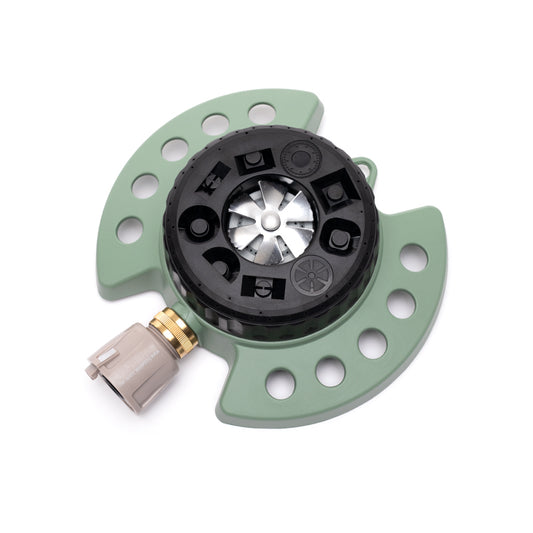
9-Pattern Sprinkler
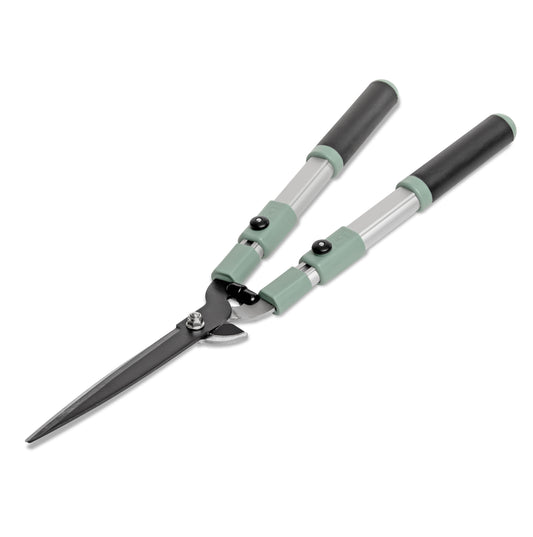
2-in-1 Hedge Shears
Keep Your Plants Hydrated
A well-watered garden is far less likely to ignite. Installing an irrigation system to ensure plants are hydrated efficiently, especially during water restrictions. Focus on drought-tolerant, fire-resistant plants for a sustainable and fire-smart garden. Products such as Hoselink's sprinklers, misting kits, and tap timers can help maintain optimal hydration levels in your garden.

Benefits of a Fire-Resistant Garden
Fire-resistant gardens aren't just about safety; they're practical for Australia's climate. Many recommended plants are drought-tolerant and low-maintenance, saving you time, water, and effort. A carefully planned garden can also add value to your home while creating a peaceful outdoor retreat for those balmy summer evenings.
Below is a list of plants that are recommended for Australian gardens, categorised by their optimal planting areas:
Ground Covers
-
Kangaroo Grass (Themeda triandra) – Native, drought-resistant, and low flammability when maintained.
-
Pigface (Carpobrotus glaucescens) – Succulent ground cover with fleshy, moisture-rich leaves.
-
Native Violet (Viola hederacea) – Spreading ground cover with high water content.
Shrubs
-
Bottlebrush (Callistemon spp.) – Dense, moisture-rich foliage that resists ignition.
-
Banksia (Banksia spp.) – Many species are fire-resistant, especially coastal varieties.
-
Grevillea (Grevillea spp.) – Low-oil foliage varieties are best, such as Grevillea rosmarinifolia.
Trees
-
Lilly Pilly (Syzygium spp.) – Evergreen with moisture-rich leaves; great as hedging or a feature tree.
-
Coastal Banksia (Banksia integrifolia) – Native to coastal areas, with thick, leathery leaves.
-
Australian Frangipani (Hymenosporum flavum) – A decorative tree with low flammability.
Succulents and Water-Retaining Plants
-
Agave (Agave attenuata) – Water-storing plant with thick, fleshy leaves.
-
Aloe Vera (Aloe barbadensis) – A hardy succulent ideal for fire-prone areas.
-
Sedum (Sedum spp.) – Ground-hugging succulents with high moisture content.
Perennials and Ornamental Plants
-
Kangaroo Paw (Anigozanthos spp.) – A low-resin plant that thrives in Australian conditions.
-
Mat Rush (Lomandra longifolia) – Clumping grass with high moisture content.
-
Flax Lily (Dianella spp.) – Hardy and fire-resistant.
While these plants can help reduce fire risk, proper landscaping design and regular garden maintenance are essential for creating a fire-safe property. Always consult local guidelines and experts to tailor fire-resistant strategies to your specific region. Take this as your sign to familiarise yourself with local fire safety recommendations and integrate them into your landscaping efforts.
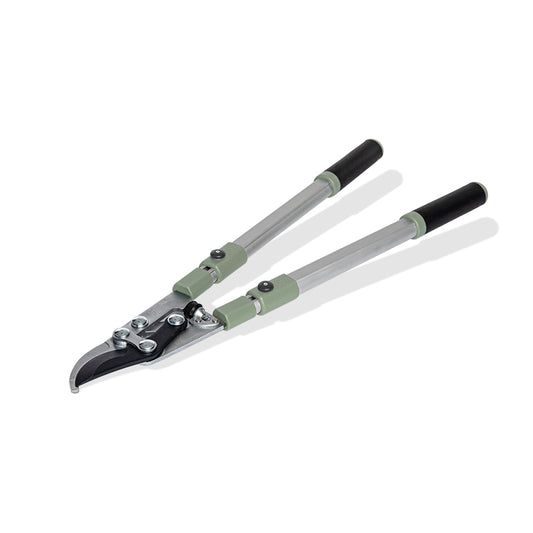
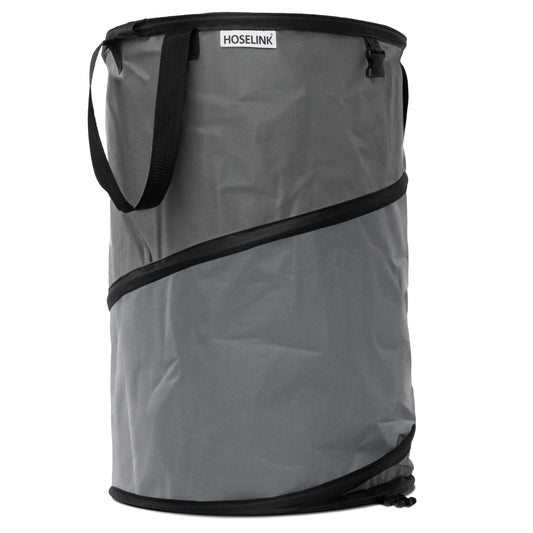
Pop-up Heavy Duty Garden Waste Bag
Design and Maintenance Tips for Fire-Prone Areas
-
Use Native Plants: Australian natives are often adapted to the local fire regime and may have fire-resistant properties.
-
Keep Plants Well-Spaced: Avoid dense planting to reduce fire spread.
-
Prune Regularly: Remove dead or dry foliage and branches to minimise fuel.
-
Hydrate Plants: Ensure irrigation systems keep plants well-watered, especially during fire season.
-
Avoid Flammable Mulches: Use gravel, rocks, or non-combustible materials instead of bark or wood chips.

Final Thoughts
As summer heats up across Australia, take the time to review and update your garden's fire safety. By combining smart plant choices, thoughtful design, and regular maintenance, you can enjoy a thriving, beautiful garden that also helps protect your home during fire season. Embrace the opportunity to create a space that not only suits our climate but also provides peace of mind in the face of increasing wildfire risks.

